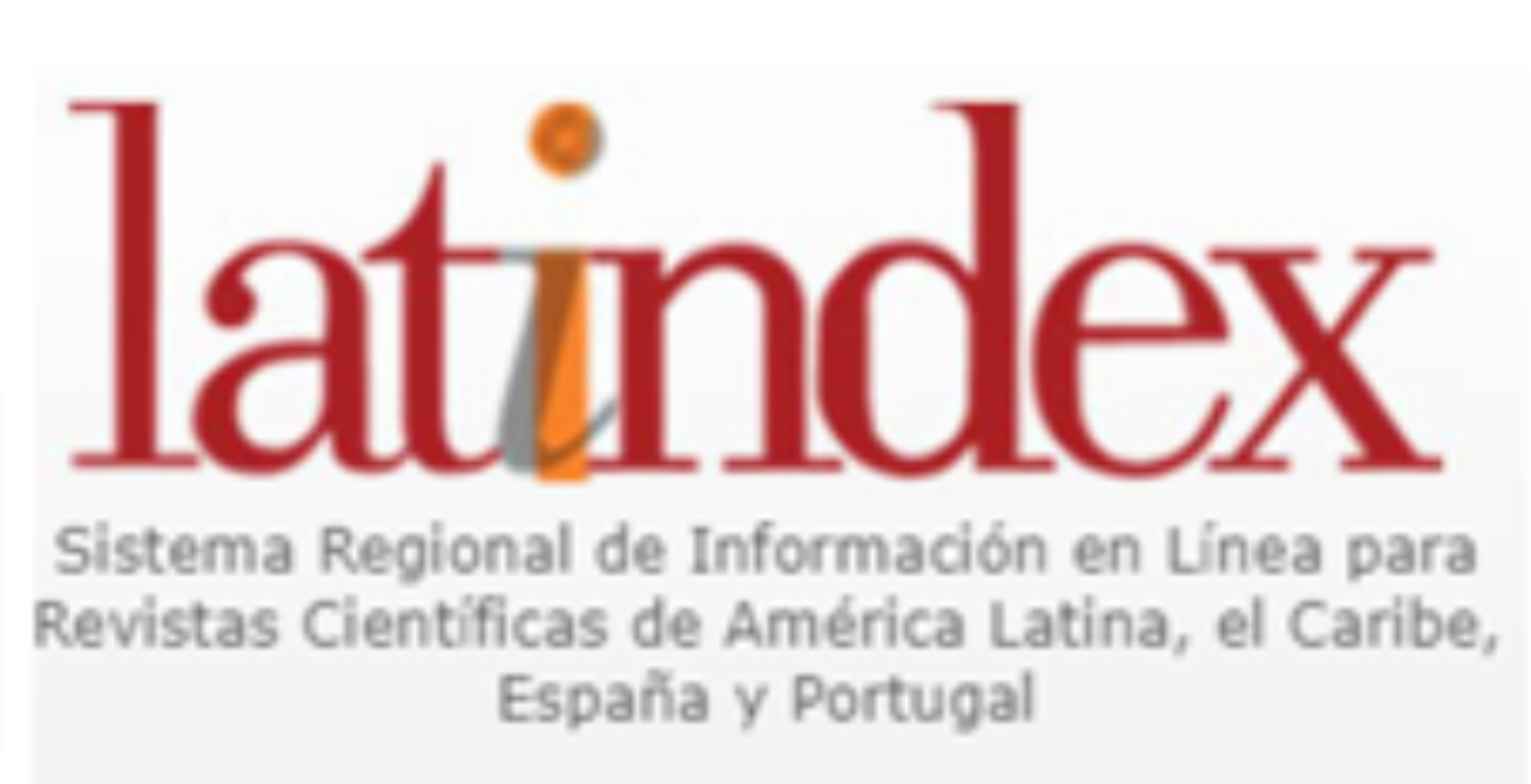Teaching geography in the context of secondary education from the perspective of teaching experience.
DOI:
https://doi.org/10.56219/lneaimaginaria.v1i22.4140Keywords:
teaching, geography, secondary education, teaching experienceAbstract
With the constitutional reform of 1991, the Colombian educational system began a process of modernization that, in addition to considering the physical or infrastructure component, also included the educational model in place at the time. The above involved adopting a new teaching-learning act whose pedagogical practices would transform the ways in which students would appropriate various knowledge. In this context, teaching geography represented for educators a more practical and experiential exercise, moving away from the traditional model, the ability to memorize, and the static placement of locations on a map; prompting the teacher to rethink their role within the classroom and the social impact of the knowledge they imparted to their students.
Thus, Geography begins to propose a multitude of solutions to understand the complexity present in the various social, economic, and environmental processes that shape our world; responding to realities of both local and global order related to aspects such as citizenship, climate change, social inequality, accelerated urbanization, and other global challenges that affect geographic space. The following article presents a text for dissemination from the author's personal perspective and the integration of literature on the teaching of Geography in the context of secondary education; its objective is aimed at generating a pedagogical reflection that, among other things, allows for an analysis of the current educational landscape and how, from this, a set of proposals can be put forward to ensure that geographical knowledge is meaningful for society.
Downloads
References
Arenales, R. (s.f). La geografía en el renacimiento. https://dicter.usal.es/?idContent=geografia
Buzai, G. Baxendale, C. Cacace, G. Nicolás, H. y Rosario Cruz, C. (2019). Geografía y Sistemas de Información Geográfica (SIG) en la escuela secundaria. Reflexiones y propuestas para el trabajo en las aulas de la República Argentina. Revista Geográfica, (152), 63–82. https://revistasipgh.org/index.php/regeo/article/view/509
Buzai, G. (2017). El mapa de Anaximandro: primer aporte geográfico a la racionalidad científica; Universidad Nacional de Cuyo. Facultad de Filosofía y Letras. Instituto de Geografía; Boletín de Estudios Geográficos; 108; 12-2017; 33-48.
Castells, M. (1996) La era de la información. Economía, sociedad y cultura. Vol. 1 México siglo XXI. http://www.economia.unam.mx/lecturas/inae3/castellsm.pdf
Cerón, J y Torres, J. (2020). IMPLEMENTACIÓN DE LOS SISTEMAS DE INFORMACIÓN GEOGRÁFICA (SIG) COMO HERRAMIENTAS PARA FORTALECER EL PENSAMIENTO ESPACIAL EN LOS ESTUDIANTES DE GRADO DÉCIMO. [Maestria, UDES].
Cohen, M. y Nagel, E. (2000). Introduccion a la logica y al método científico. Amorrortu.
Decreto 491 de 1904, art. 75 [Diario Oficial Numero 12]. Sobre Instrucción pública, que dispuso que el Gobierno reglamentara dicha Ley. Jueves 14 de julio de 1904. https://www.mineducacion.gov.co/1780/articles-102515_archivo_pdf.pdf
Decreto 1972 de 1933, art. 1° [Diario Oficial Numero 22460]. POR EL CUAL SE MODIFICAN LOS DECRETOS NIUMEROS DE 1487 DE 1932 Y 227 DE 1933 (ENSEÑANZA SECUNDARIA Y NORMALISTA). Martes 12 de diciembre de 1933. https://www.mineducacion.gov.co/1621/articles-102983_archivo_pdf.pdf
Delgado, O. (2005). La Importancia de la enseñanza de la geografía. Memorias de Ponencias del Congreso Latinoamericano de estudiantes de Geografía.
Delgado, M. y Murcia, C. (2010). Geografía escolar: discursos dominantes y discursos alternativos. Programa Red, 02, 11 – 42. https://repositorio.unal.edu.co/handle/unal/2985
González, A. (2017). Enseñanza de la Geografía en Colombia. 1825-1869. Entorno Geográfico, (14), 108–125. https://doi.org/10.25100/eg.v0i14.6449
Harvey, D. (1969). The explanation of social geography. Edward Arnold. https://archive.org/details/explanationingeo0000harv/page/n5/mode/2up
Ley 115 de 1994. Por la cual se expide la ley general de educación. 8 de Febrero de 1994. https://www.mineducacion.gov.co/1621/articles-85906_archivo_pdf.pdf
Madrid, A. y Ortiz, L. (2005). Análisis y síntesis en cartografía: algunos procedimientos. Universidad Nacional de Colombia. https://repositorio.unal.edu.co/handle/unal/2864
Naranjo, L, Aguirre, M. y Muñoz, J. (2017). La Geografía y su enseñanza en el ámbito escolar. Entorno Geográfico, Numero 13, Pag 144 – 155. https://entornogeografico.univalle.edu.co/index.php/entornogeografico/article/view/6157
Piqueras, J. (2016). La geografía de Ptolomeo y su transmisión al islam y al occidente cristiano. Cuadernos de Geografía, Vol. 99, pág. 19 – 52. https://www.google.com/url?sa=i&url=https%3A%2F%2Fdialnet.unirioja.es%2Fdescarga%2Farticulo%2F6296525.pdf&psig=AOvVaw201BO08woNI97UHmoElU_6&ust=171949 7824783000&source=images&cd=vfe&opi=89978449&ved=0CAYQrpoMahcKEwjoscjfuvmGAxUAAAAAHQAAAAAQBA
Santos, M. (1979). Espacio y Tiempo: forma de funcionar en geografía. Editora HUCITEC.
Santiago, J. (2023). LA ENSEÑANZA GEOGRÁFICA EN LA PRÁCTICA ESCOLAR Y LOS FUNDAMENTOS DE LA INVESTIGACIÓN CUALITATIVA. Perspectivas. 11 (21), pág. 18 – 27
Silver, N. (2019). Mapping the invisible: Unearthing the digital geographies of surveillance and control. University of Chicago Press.
Tuan, Y. (1974). Topofilia: Un estudio de las relaciones del hombre con su entorno. Siglo XXI Editores.
Tuñón, J. (1997). La enseñanza de la geografía en España: evolución y perspectivas. Madrid.
Downloads
Published
How to Cite
Issue
Section
License

This work is licensed under a Creative Commons Attribution-NonCommercial-ShareAlike 4.0 International License.
La revista Línea Imaginaria conserva los derechos patrimoniales (copyright) de las obras publicadas, que favorece y permite la reutilización de los mismos bajo la licencia Creative Commons Atribución-NoComercial-CompartirIgual 4.0 , por lo cual se pueden copiar, usar, difundir, transmitir y exponer públicamente, siempre que se cite la autoría y fuente original de su publicación (revista, editorial, URL y DOI de la obra), no se usen para fines comerciales u onerosos y se mencione la existencia y especificaciones de esta licencia de uso. Si remezcla, transforma o crea a partir del material, debe distribuir su contribución bajo la misma licencia del original.













